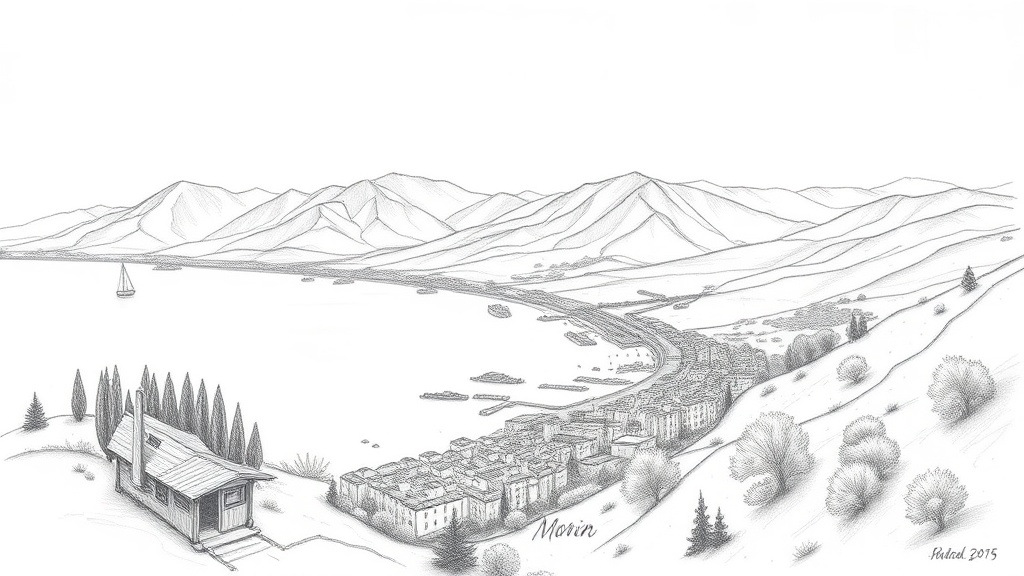Marin County: Where Outdoor Adventure Meets Conservation
Marin County is a compact mosaic of redwood forests, coastal bluffs, rolling hills and small towns that combine an outdoor lifestyle with strong conservation values. Whether you come for hiking, cycling, tidepooling or farm-to-table dining, Marin offers accessible experiences that are both scenic and sustainable.
Top outdoor destinations
– Mount Tamalpais: A network of trails rewards hikers and trail runners with panoramic Bay views, fog-kissed ridgelines and redwood groves. Popular routes range from gentler ridge walks to more strenuous climbs that lead to sweeping vistas at the summit.
– Point Reyes National Seashore: A mix of rugged coastline, sandy beaches and wide grasslands, this protected area is ideal for wildlife viewing—look for tule elk, shorebirds and migrating whales from headlands and overlooks. Check tide schedules before visiting tidepools.
– Marin Headlands: Just across the Golden Gate Bridge, the headlands blend military history, dramatic cliffs and beachfront access. Sunrise and sunset photography opportunities are abundant.
– Local preserves and open space: Dozens of smaller preserves and regional parks provide peaceful escapes and excellent birdwatching, such as waterside marshes and oak woodlands.
Active travel and cycling
Marin is synonymous with cycling culture.
From scenic car-free paths to challenging road climbs and singletrack mountain-bike trails, the county draws riders of all levels. Sausalito and Tiburon are popular endpoints for leisure cyclists who take the ferry across the bay. Many communities support bike-friendly infrastructure, bike shops and guided rides.
Sustainable and local food scene
A thriving agricultural community supports farmers markets, artisanal producers and restaurants focused on seasonal, locally sourced ingredients. Farm stands and community-supported agriculture (CSA) programs make it easy to sample fresh produce and connect with growers. Many eateries emphasize sustainable seafood and regenerative farming practices.
Practical tips for visitors
– Parking and access: Popular spots can fill early, especially on weekends. Consider public transit, bike routes or shuttle options where available to avoid congestion.

– Permits and regulations: Some trails and backcountry areas have permit systems or seasonal restrictions to protect habitat and manage visitor numbers. Check park websites before you go.
– Leave No Trace: Follow trail etiquette—stay on marked paths, pack out trash, and avoid disturbing wildlife.
Marin’s ecosystems are resilient but sensitive to overuse.
– Tide and weather awareness: Coastal fog and changing tides can affect visibility and safety. Bring layers and check tide charts for beach and tidepool visits.
Community and conservation
Preserving Marin’s landscapes is a community priority. Local organizations, land trusts and park districts collaborate on habitat restoration, fire resilience and public access projects. Volunteer opportunities are plentiful for anyone who wants to give back—trail maintenance, native plant restoration and beach cleanups are ongoing needs.
Why people return
Marin’s appeal lies in its variety and accessibility: within short drives you can move from redwood canopies to ocean cliffs to pastoral ranchlands.
The blend of outdoor recreation, thoughtful conservation and vibrant small towns makes it a destination for people who value nature, community and healthy living.
Whether you’re planning a day trip or a longer stay, approach Marin with curiosity and respect for the land. Pack appropriately, plan ahead, and leave the places you visit better than you found them.